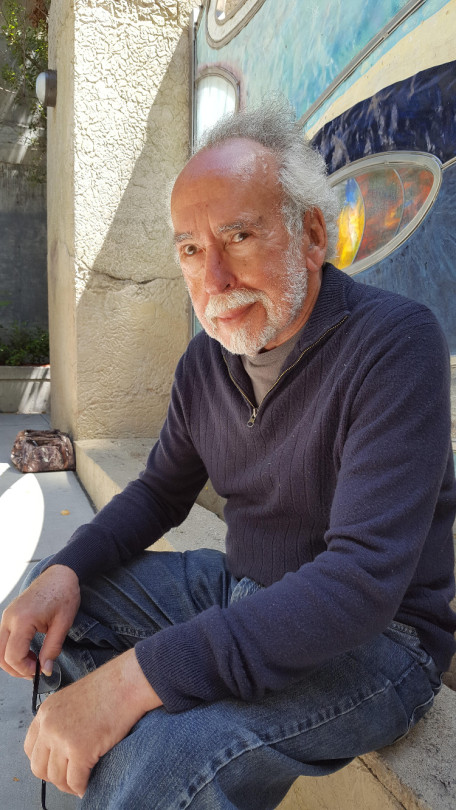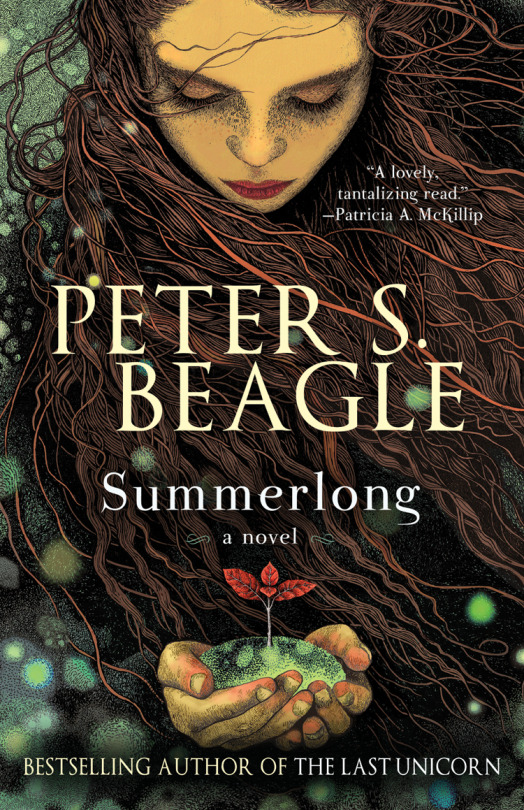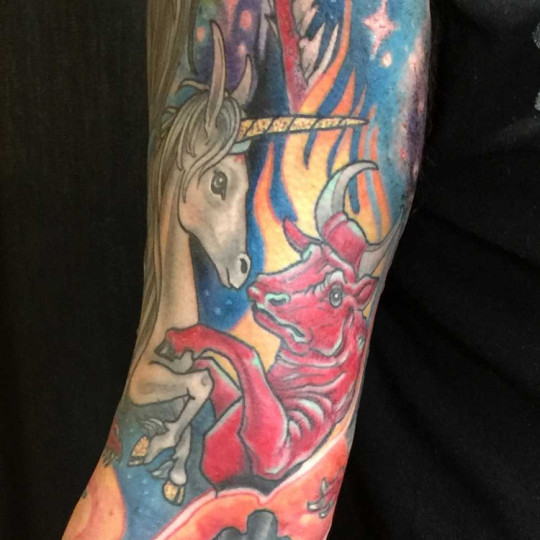Peter S. Beagle’s SUMMERLONG fuses the fantastic with everyday life
An interview with the legendary Peter S. Beagle plus three fresh reviews of the beautiful SUMMERLONG.

Photo by Rina Weisman
Charlie Jane Anders at WIRED adores the novel.
Good fantasy writing makes the world of magic seem believable and immanent, as if you could reach out and touch a mystic amulet. But great fantasy writing makes the real world around us, the world of buses and cars and phones and asphalt, feel suffused with magic. When you’re in the hands of a master like Peter S. Beagle, you can feel as if this transformative wonder was there all along, in your surroundings, and you just weren’t paying enough attention. And Beagle’s new novel, SUMMERLONG, is a master class in how to reveal the fantastic in everyday life.
<snip>
Beagle’s eye for detail has never been sharper—his description of what it’s like to be in a tiny boat on the ocean might just make you feel the sea spray in your face. And in particular, he has an incredible gift for conveying the little details that make a long-term relationship between two older people.

SUMMERLONG is full of sly observations about gods, magic and the uncanny—including some ways of thinking about myths and fables that feel brand new and hard won. But the real insights in this book are all about relationships, and closeness, and growing older. And in the end, Beagle leaves you feeling that maybe Ray Bradbury was right, and one ought not to be let alone—you need to be really bothered, every once in a while.
At AFTERWORDS, Dan Pratt praises the novel.
Peter Beagle has long held a special place in my heart as the creator of
THE
LAST UNICORN. I mean a very special place. For years I had a stuffed unicorn that was the unicorn from
THE
LAST UNICORN for me. I’ve maintained my love for
THE
LAST UNICORN such that when I planned out my fantasy tattoo sleeve, Beagle’s Unicorn and Red Bull both feature prominently.

Tattoo by Stina at Grim North Tattoo.
SUMMERLONG is a much more subtle fantasy than THE LAST UNICORN. There are hints at magic and fantasy, but as outsiders looking in, we’re not exactly sure if what we’re seeing is really magic. The writing is subtle, sensitive, and heartfelt. The story is wonderful, revealing who the characters truly are as we move through the narrative; additionally, the cover is gorgeous.
This isn’t high fantasy, so if you demand elves and dwarves and giants and ogres from your fiction, this won’t be your cup of tea. But if a beautiful story that weaves in elements of Greek mythology sounds like fun, you’ll love SUMMERLONG. I know I do.
Justus
of THE ELLIOTT BAY BOOK COMPANY recommends SUMMERLONG.
Peter S. Beagle, author of THE LAST UNICORN, gives readers a unique twist on the myth of Persephone in his much-anticipated novel SUMMERLONG. Based in and around the Seattle area, SUMMERLONG follows a family of three trying to stay connected while growth seems to be pushing them apart. Joanna and Abe have been lovers for years, yet what previously existed between them seems worn thin. Joanna’s daughter Lily tries to be independent but gives the people in her life power over her decisions. When Lioness Lazos, a charismatic and mysterious young woman, appears in their lives, everything they understand about themselves and each other is profoundly challenged.
For CLARKESWORLD, Chris Urie interviews Peter S. Beagle.
Why did you choose to set SUMMERLONG in the Pacific Northwest?
I lived in Seattle for six years (well, one year in Seattle proper, and five on Bainbridge Island, six miles offshore), but SUMMERLONG didn’t begin to happen until I’d been gone from the Northwest for about a decade. I’ve no idea why that should be so … perhaps simply because it takes me a long time to realize what I’m looking at. Reviewers have complimented me specifically on my sense of the atmosphere of Seattle and Puget Sound, which pleases me a great deal. It’s something I admire in other writers, whether they’re dealing in genre fantasy or the grittiest realism, and I’m rarely sure that I’m getting it right myself.
The characters in SUMMERLONG feel complex and real. How do you create characters like Abe, Lily, and Lioness? Are the pastiche of traits you’ve picked up from people or more formed completely from your imagination?
My characters are always a mixed bag. Abe’s got a good deal of my more aggravating characteristics, certainly. Joanna is based, in her occupation, on a very sweet neighbor who lived downstairs from me in Seattle. In her personality—not to mention her love for basketball and rollerblading—on a dear friend who was once my literary agent. Lioness … well, I really do know a remarkable lady in Portland, Oregon, by that name. And Lily—my favorite character, or anyway the one who touches me the most deeply—Lily just came out of nowhere, the way it happens when I’m lucky. Mostly my characters begin as voices in my head, as they always have. It’s all right: I’m officially a Writer—an Artist—so I’m entitled to hear voices. I can produce a license whenever requested.
What was it about the story of Persephone that inspired you?
Persephone actually got me into college, by the way. I was so intrigued by the legend that I wrote a sonnet, “Persephone In September,” which my high-school creative writing teacher Mollie Epstein—may her name and all her descendants be blessed for a thousand generations—submitted to Scholastic Magazine’s annual writing contest. The winner—that little old failing-in-everything-but-English-and-history, me—received a full tuition scholarship to the University of Pittsburgh.
The fantastical aspects of SUMMERLONG can be subtle and intertwine seamlessly with reality within your novel. Do you find there is a bit of fantasy to be found in reality?
I’ve always thought of fantasy as that thing that exists just to the side of my peripheral vision, so to speak; but the moment I snap my head around for a full view … it’s just gone. I have written non-fantasy works (spent a fellowship year at Stanford, in a class with people like Larry McMurtry, Ken Kesey, Jim Hall, Judy Rascoe, Joanna Macdonald and others, and spent it writing a godawful novel about a young musician in Paris); but very little of it could ever be considered fantasy. It just seems to be the way I think, from my earliest childhood all the way to … well, to where I am. Wherever that actually is.
For more info on SUMMERLONG, visit the Tachyon page.
Cover art by Magdalena Korzeniewska
Design by Elizabeth Story
